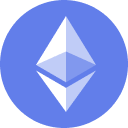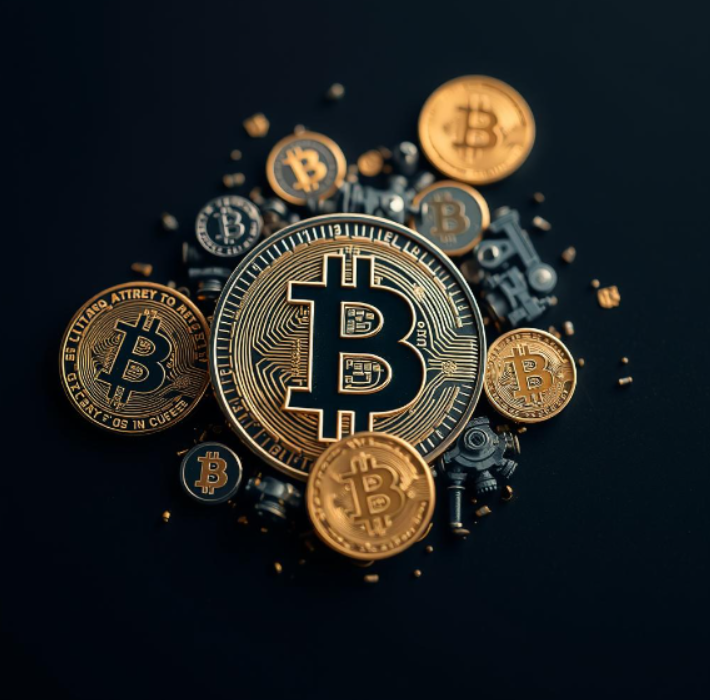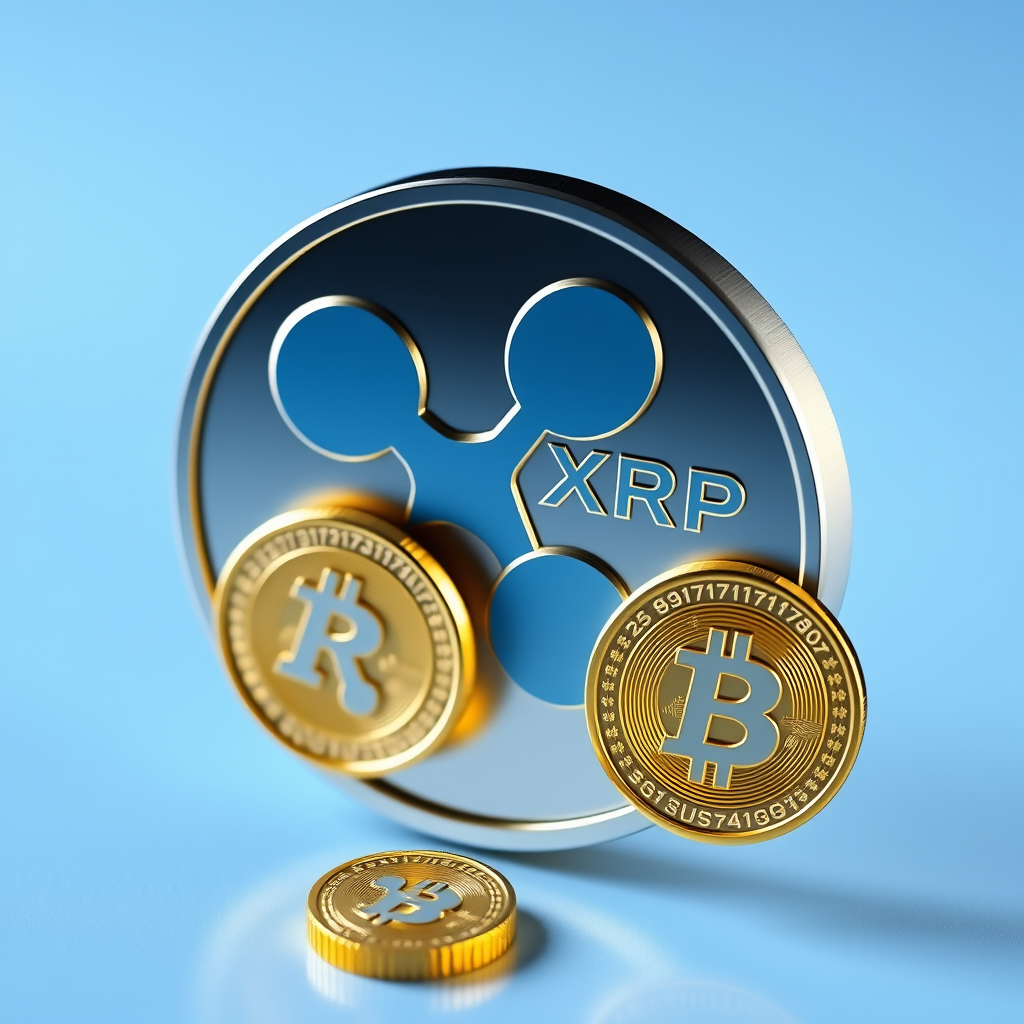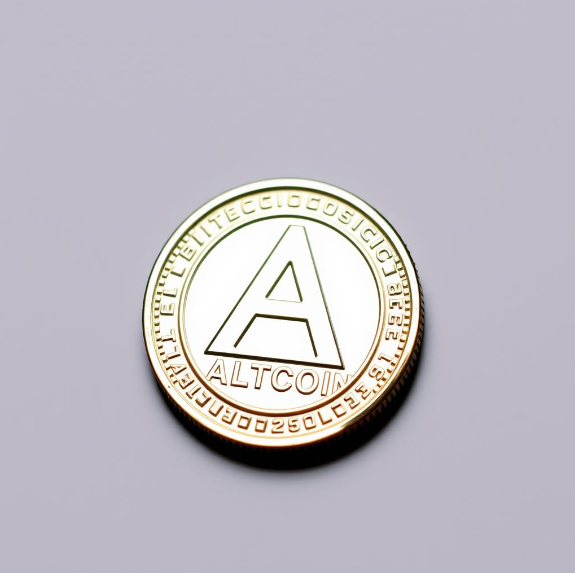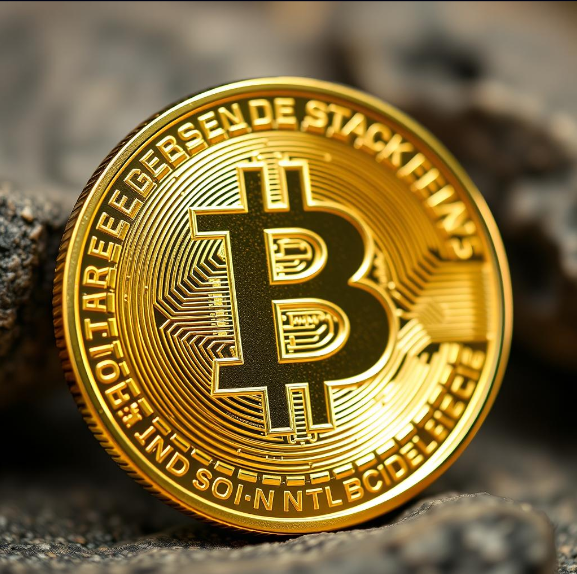What is Monero?
Monero is a cryptocurrency that stands out for its emphasis on privacy and anonymity. It uses advanced cryptographic techniques to ensure that transactions remain untraceable, making it a favorite among users who prioritize confidentiality. Monero uses the CryptoNight Proof of Work algorithm, which is designed to be resistant to ASICs (specialized mining hardware), meaning it can be mined using regular consumer hardware like CPUs and GPUs. This makes Monero more accessible to everyday miners compared to cryptocurrencies like Bitcoin that require specialized equipment.
What is a Mining Pool?
A mining pool is a collective group of miners who combine their computational resources to improve their chances of successfully mining a block. By pooling resources, miners can share the work and, more importantly, the rewards. In a Monero mining pool, each miner contributes their hash rate, and the rewards are distributed based on the amount of work contributed. This makes mining pools an ideal choice for smaller miners who may not have enough individual power to mine Monero effectively on their own.
Key Benefits of Pool Mining:
- Consistent Payouts: Pool mining offers more regular rewards than solo mining.
- Shared Resources: By pooling together, even low-powered miners can participate in Monero mining.
- Reduced Risk: Joining a pool minimizes the risk of going long periods without any earnings.
Key Factors to Consider When Choosing a Monero Mining Pool
When selecting a Monero mining pool, several important factors can influence your mining experience and profitability. Whether you are new to mining or a seasoned professional, making the right choice can significantly impact your earnings. Pool size, fees, payout schemes, minimum payout thresholds, and server location all play a crucial role in determining how efficient and rewarding your mining efforts will be. Understanding these key factors will help you choose a pool that aligns with your goals and maximizes your returns. Below, we explore each of these aspects in detail to guide you toward the best decision for your Monero mining journey.
Pool Size
The size of the mining pool you join can impact both the frequency and size of your payouts. Larger pools have a higher collective hash rate, meaning they are more likely to successfully mine blocks on a consistent basis. However, because so many miners are contributing to the pool, your individual share of the rewards may be smaller. Conversely, smaller pools might offer larger payouts per share but with less frequency, as they solve fewer blocks. If you're looking for steady earnings, larger pools may be the better option.
Fees
Most mining pools charge fees to cover operational costs such as server maintenance and security. Fees typically range from 1% to 2%, but some pools may charge more or less. While lower fees can mean more profit for you, it's important to consider other aspects of the pool, such as reliability and support. Some pools with slightly higher fees might offer better performance, fewer downtimes, and more frequent payouts, so it's important to weigh the overall value instead of just focusing on the fee structure.
Payout Scheme
The payout scheme of a Monero mining pool determines how and when you receive your rewards. The most common payout models are:
- PPS (Pay-Per-Share): You are paid a fixed amount for each valid share you contribute, regardless of whether the pool finds a block.
- PPLNS (Pay-Per-Last-N-Shares): You are rewarded based on the shares you contribute to the last block the pool solves. This model tends to offer higher payouts but with more variability.
Each payout scheme has its pros and cons. If you prefer consistent payouts, PPS may be ideal, while PPLNS could yield larger rewards over time if you’re willing to wait.
Minimum Payout Threshold
Every mining pool sets a minimum payout threshold, which is the amount of Monero you must earn before you can withdraw your funds. Pools with higher thresholds may require you to wait longer between withdrawals, which could be inconvenient if you're earning smaller amounts. On the other hand, pools with lower thresholds allow for more frequent payouts, providing quicker access to your earnings. Be sure to choose a pool with a payout threshold that aligns with your expected mining output and withdrawal preferences.
Server Location
The physical location of a mining pool’s servers can impact your mining efficiency. When mining Monero, latency- or the delay in communication between your mining rig and the pool’s server-can slow down your mining performance. Ideally, you should choose a pool with servers that are geographically close to you to reduce latency and ensure faster block submission. This can improve your hash rate efficiency and ultimately increase your earnings.
How to Join a Monero Mining Pool
Getting started with Monero mining pools is a straightforward process. Here's a step-by-step guide to joining one:
-
- Set Up Your Hardware: Monero can be mined using CPUs or GPUs, so ensure your hardware is compatible and optimized for the task.
-
- Download Mining Software: Popular Monero mining software options include XMRig, which supports both CPUs and GPUs.
-
- Choose a Mining Pool: Research and select a Monero mining pool that fits your requirements in terms of fees, payout schemes, and size.
-
- Configure the Mining Software: Enter the pool’s address, your wallet address, and the necessary configuration settings into the mining software.
-
- Start Mining: Once the configuration is complete, start the mining software and begin contributing your hash rate to the pool.
Maximizing Your Earnings in a Monero Mining Pool
To make the most out of your Monero mining efforts, it’s essential to optimize both your hardware and your strategy. Here are some tips to help you maximize your earnings:
- Optimize Your Hardware: Regularly update your drivers, overclock your GPUs if applicable, and ensure your cooling system is working effectively to prevent overheating.
- Monitor Pool Performance: Keep an eye on the performance of your chosen pool. If the pool is experiencing frequent downtimes or if your earnings seem low, consider switching to a different pool with better reliability.
- Manage Electricity Costs: Mining can be power-intensive, so managing electricity costs is key to maintaining profitability. Use energy-efficient hardware and monitor your electricity consumption closely to avoid cutting into your mining profits.
FAQ: Best Monero Mining Pools and Platforms
What is the minimum hardware requirement for Monero mining?
Monero is designed to be mined with both CPUs and GPUs, making it accessible to a wide range of miners. While CPUs are suitable for smaller mining setups, GPUs tend to offer higher hash rates and better overall performance, making them the preferred option for maximizing rewards in mining pools.
Can I mine Monero on multiple devices in a single pool?
Yes, most Monero mining pools allow miners to use multiple devices under one account. This means you can mine using several GPUs or CPUs simultaneously, increasing your hash rate and boosting your rewards. Pool mining with multiple devices allows you to contribute more computational power, leading to more shares and higher earnings.
How do I know if my Monero mining pool is reliable?
A reliable Monero mining pool will have a strong reputation for consistent payouts, minimal downtime, and active community support. Look for pools with transparent operations, user reviews, and regular updates regarding their performance. Additionally, pools with a good track record of security, such as protection against DDoS attacks, tend to be more reliable.
Are there risks associated with Monero mining pools?
While mining pools are generally safer and more reliable than solo mining, there are still risks. Pools can experience downtimes due to server issues or security breaches, which could impact your earnings. To minimize risks, choose a pool with a strong reputation for security and stability, and make sure you regularly monitor its performance.
How does pool hopping affect Monero mining pools?
Pool hopping refers to switching between pools to maximize rewards based on their performance at any given time. Some payout models, such as PPLNS, are designed to discourage pool hopping, as they reward long-term participation over quick switches. Consistency in your mining efforts is often more profitable in the long run.
Can I withdraw my Monero rewards whenever I want?
Monero mining pools generally have a minimum payout threshold, meaning you need to accumulate a certain amount of XMR before you can withdraw your funds. Once you meet the threshold, you can typically withdraw your earnings according to the pool's payout schedule. Be sure to check the pool's minimum threshold before starting to mine.
How does network difficulty affect Monero mining in pools?
Network difficulty adjusts dynamically based on the number of miners on the network and the overall hash rate. When difficulty increases, it becomes harder to mine a block, which could reduce payouts for individual miners. Joining a mining pool helps offset this, as combined hash rates increase the pool's chance of finding blocks.
Is there a difference in rewards between CPU and GPU mining for Monero?
Yes, there is a difference. While Monero can be mined using both CPUs and GPUs, GPUs typically offer higher hash rates, allowing miners to contribute more computational power to the pool. As a result, GPU miners generally receive larger rewards compared to CPU miners, although the latter can still be profitable.
What is the role of latency in Monero pool mining?
Latency refers to the time it takes for your mining rig to communicate with the pool's server. High latency can lead to delays in submitting shares, reducing your effective hash rate and, consequently, your earnings. Choosing a pool with servers located close to your geographic location can reduce latency and improve your mining efficiency.
Can I mine Monero on a cloud mining platform through a pool?
Yes, you can use cloud mining services to participate in Monero mining pools. However, it’s important to carefully evaluate the terms of the cloud mining service, as high fees and unprofitable contracts could reduce your earnings. Always compare the cost of cloud mining with the potential rewards before committing to a contract.




